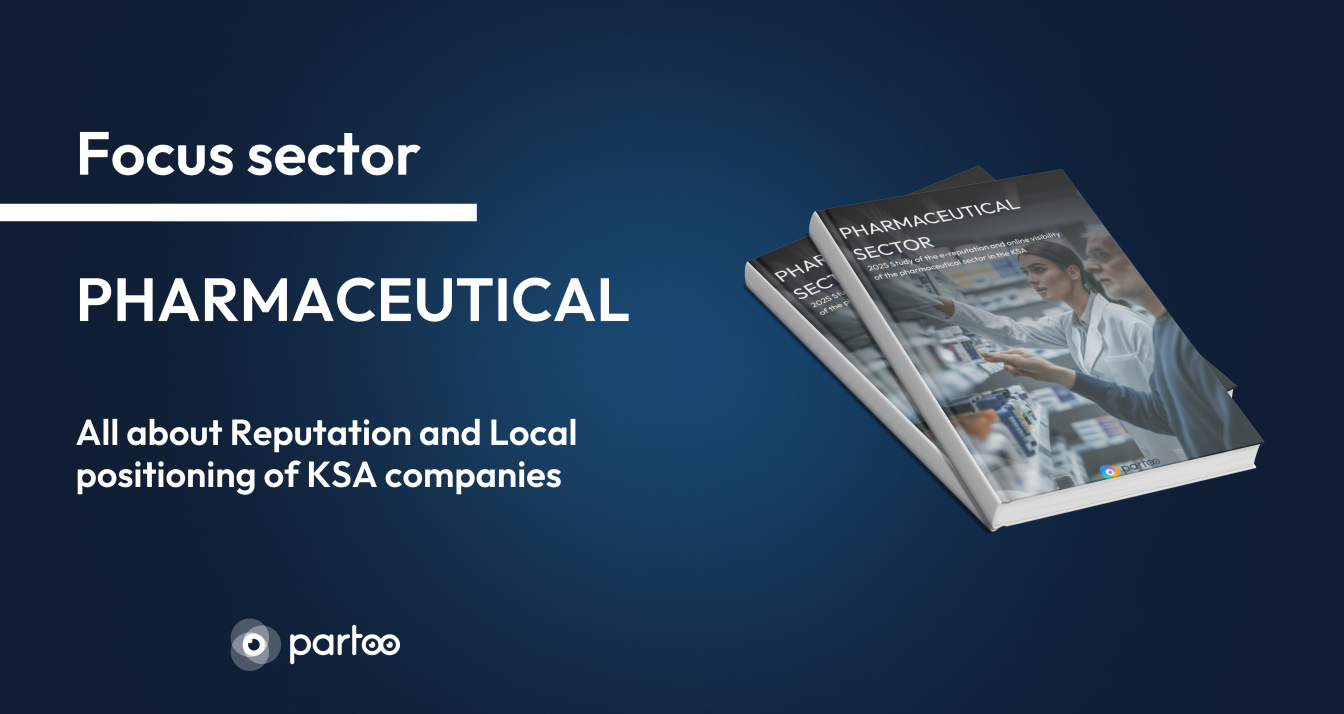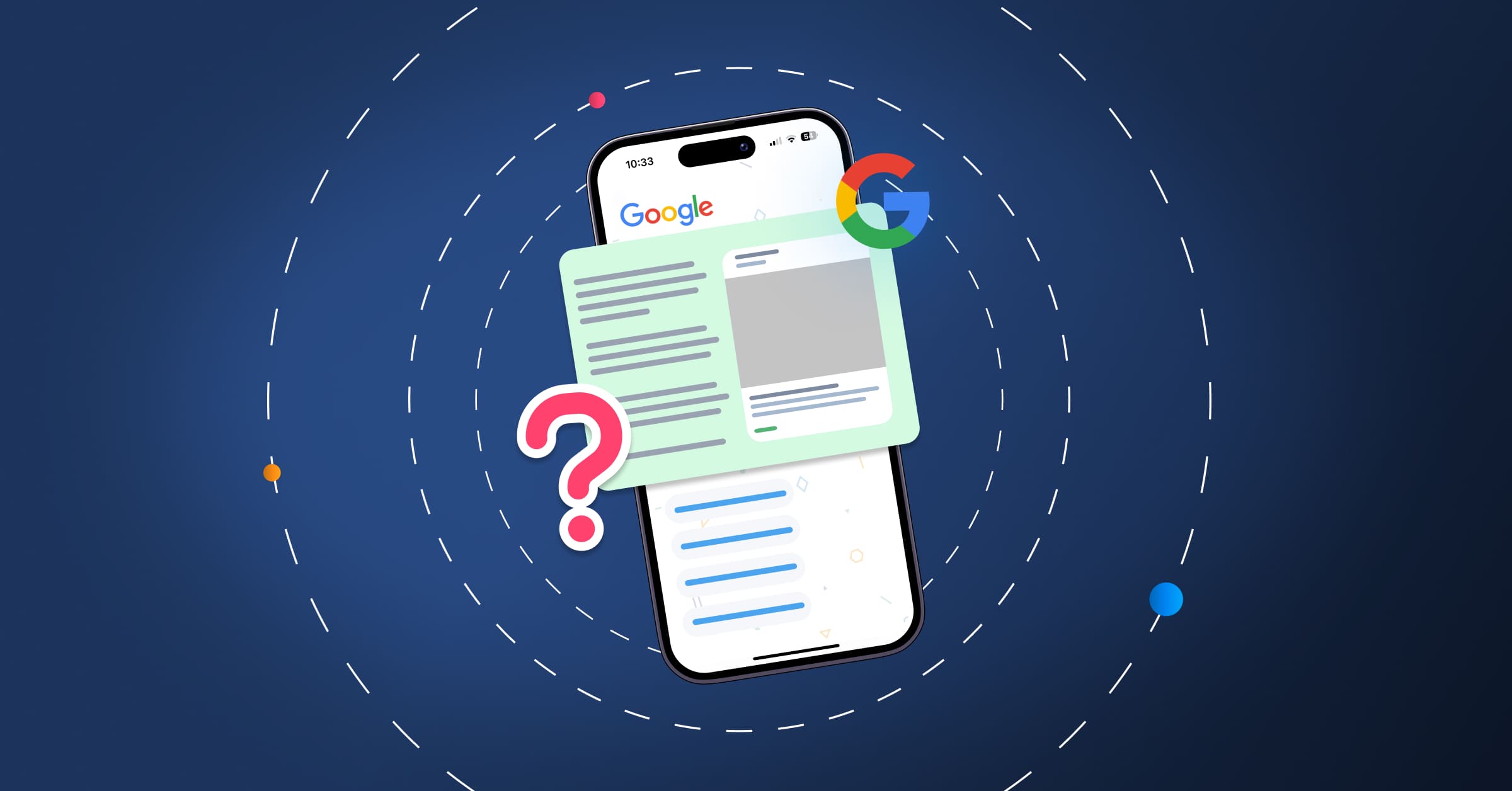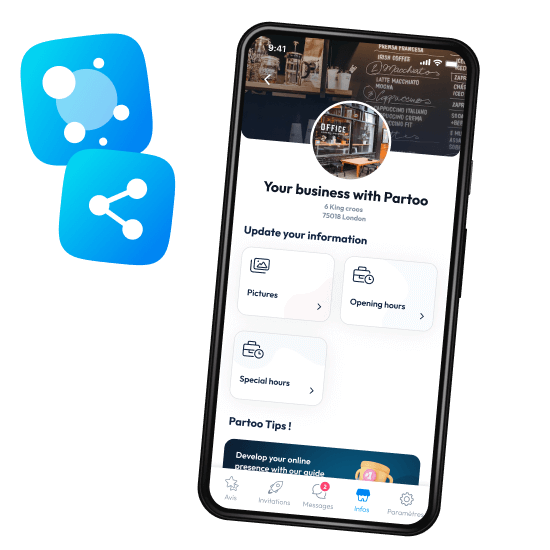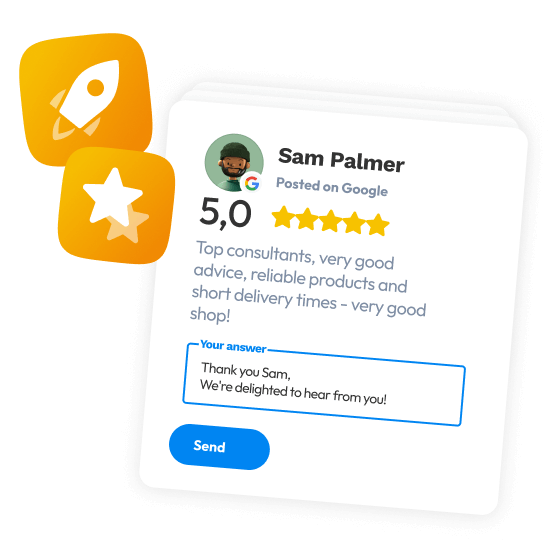
Is the Pharmaceutical Sector in Saudi Arabia Unlocking the Full Potential of Online Visibility and E-Reputation?
In today’s digital-first landscape, a pharmacy’s online reputation and local visibility can strongly influence a…

Table of contents
Since the Google I/O conference on May 14, 2024, the topic “AI Overview” has been on everyone’s lips. While waiting for its deployment in Europe, we shed light on the various sources of Google’s AI and how it processes data to offer increasingly relevant results.
AI Overview, formerly known as Google Search Generative Experience (SGE), is a Google search feature that uses artificial intelligence to generate comprehensive and informative summaries on a variety of topics.
AI Overview summaries appear in Google search results when Google’s algorithm determines they may be useful to the user.
These summaries typically include a description of the topic, key points of related information, and links to additional sources.
AI Overview cross-references different sources to best respond to user queries. Although the algorithm is constantly evolving, there are currently four main sources of information for the search engine’s artificial intelligence.
The first source of information for AI Overview is Google’s Knowledge Graph.
Knowledge Graph and Knowledge Panel: What Are the Differences?
Google’s Knowledge Graph is a massive database that gathers information on various entities such as people, places, movies, and other subjects.
The Knowledge Panel, on the other hand, is an information box that appears in Google search results when a user searches for an entity present in the Knowledge Graph.
Google’s Knowledge Graph is a massive database that gathers information on various entities such as people, places, movies, and other subjects.
The Knowledge Panel, on the other hand, is an information box that appears in Google search results when a user searches for an entity present in the Knowledge Graph.
Therefore, the Knowledge Graph is a database, while the Knowledge Panel is a means to visualise and interact with the information from the Knowledge Graph.
The Eiffel Tower’s Knowledge Panel includes photos of the tower, online reviews (like a typical Google Business Profile), links to ticket reservation sites, a brief description, and other useful information.
The sources for the Knowledge Graph come from data providers such as Wikipedia, Google Maps, The Guardian and Bloomberg.
Partoo’s Advice
To increase the chances of your business being mentioned in AI Overview results, you can:
To increase the chances of your business being mentioned in AI Overview results, you can:
Presence Management

In addition to the Knowledge Graph, AI Overview also uses its own structured databases to respond to user queries.
Various Google tools provide the search engine with a large amount of data that can appear in AI Overview results.
Five Examples of Google Tools Providing Structured Data to the Search Engine
These structured databases enrich Google’s AI and give it a considerable advantage over competitors (like OpenAI).
Therefore, information from these databases is highly likely to appear in AI Overview results.
Partoo’s Advice
In an era where the trend is towards “no-click search”, AI Overview aims to become a real answer engine. Indeed, there is no need to click on many links; the answer to the user’s question appears in a few lines (or even a few words) directly in the search results.
However, a certain number of links still appear below (or next to) this short answer. These are the sources of the disclosed information, useful for users who want to verify the reliability of the information or delve deeper.
Therefore, Google exploits information available on websites to feed AI Overview, in addition to the Knowledge Graph and its structured databases.
Partoo’s Advice
To increase the chances of your website appearing in a list of sources in AI Overview, make sure to follow these three points:
To increase the chances of your website appearing in a list of sources in AI Overview, make sure to follow these three points:
Finally, User-Generated Content is a key source of information for AI Overview.
For a while now, we have noticed that Google can take into account photos and reviews posted by users to adapt its search results.
This seems even more the case with AI Overview: photos and reviews published on business’s Google listings directly impact the search results. UGC is considered “neutral” and “unbiased” because it does not come from the business itself.
It is even possible to see TikTok videos appear in AI Overview results!
Note
AI Overview combines several sources to obtain the most relevant results possible. In the example above, Google analyses structured data (the attribute “dog-friendly restaurant” present on the point of sale’s Google listing) and unstructured data (here, UGC published by users) to ensure the suggestion of restaurants that accept dogs.
AI Overview combines several sources to obtain the most relevant results possible. In the example above, Google analyses structured data (the attribute “dog-friendly restaurant” present on the point of sale’s Google listing) and unstructured data (here, UGC published by users) to ensure the suggestion of restaurants that accept dogs.
Easily get dozens of reviews
Partoo enables companies to obtain an average of 60 per cent more reviews through SMS and QR code solicitation.

If AI Overview cross-references several sources to determine search results ranking, one constant remains essential in the eyes of the search engine: the quality of the data.
To maximise your chances of appearing in AI Overview results, provide as much data as possible about your business, including structured data (elements of your Google listing, your website’s metadata) and unstructured data (UGC, photos, and customer reviews).
Do not put all your eggs in one basket: it would be risky to focus all your efforts on a single source of information (such as your website). Algorithm updates can be sudden: now more than ever, maximise your online presence and gather more customer reviews to ensure a prominent place in Google search results!
Want to easily develop your business through the Internet? It’s possible thanks to Partoo!
 2024 Consumer Study
2024 Consumer StudyDiscover the digital habits of European consumers and how to adapt your web-to-store marketing strategy!
Receive our best articles and practical guides directly in your inbox every month